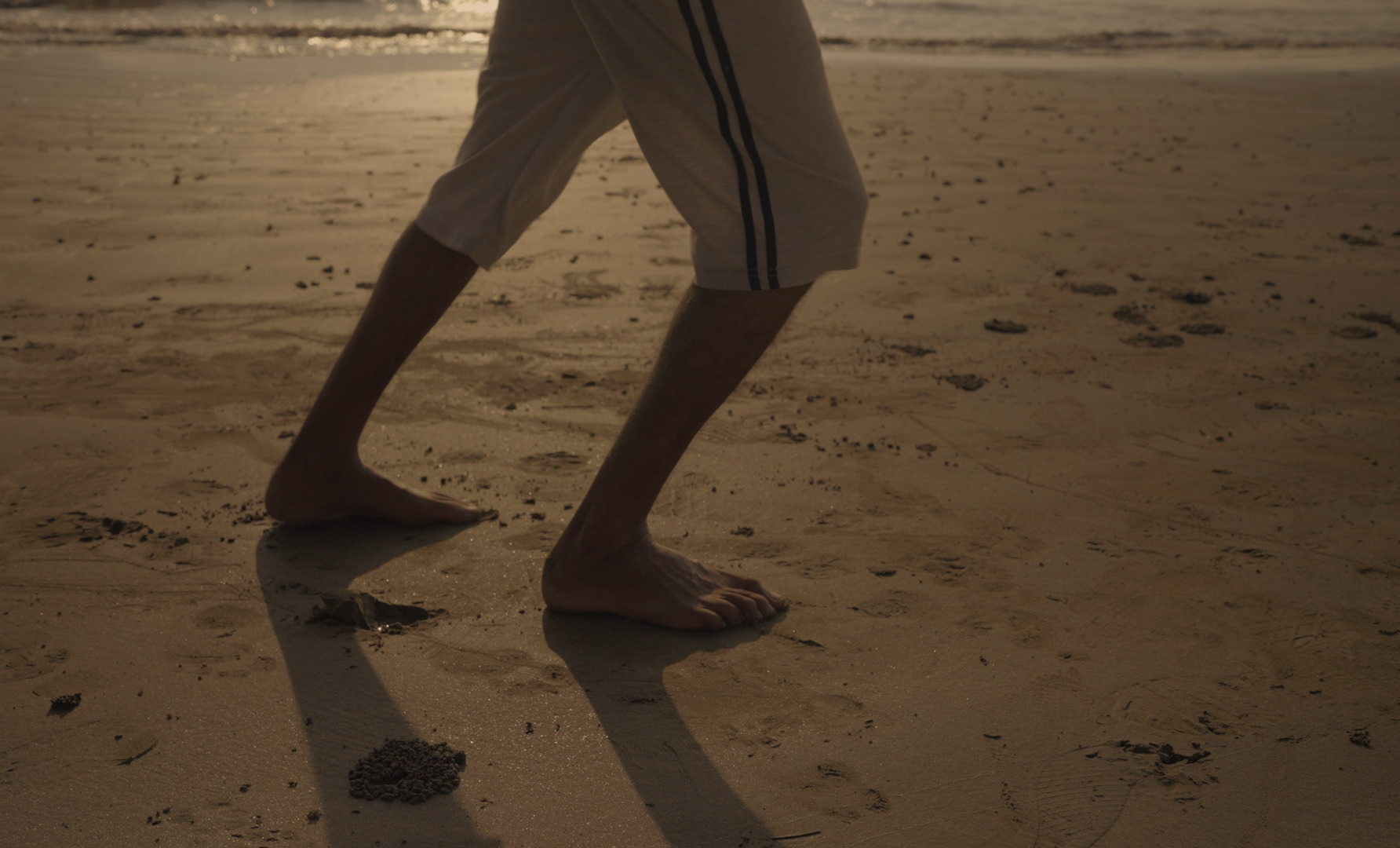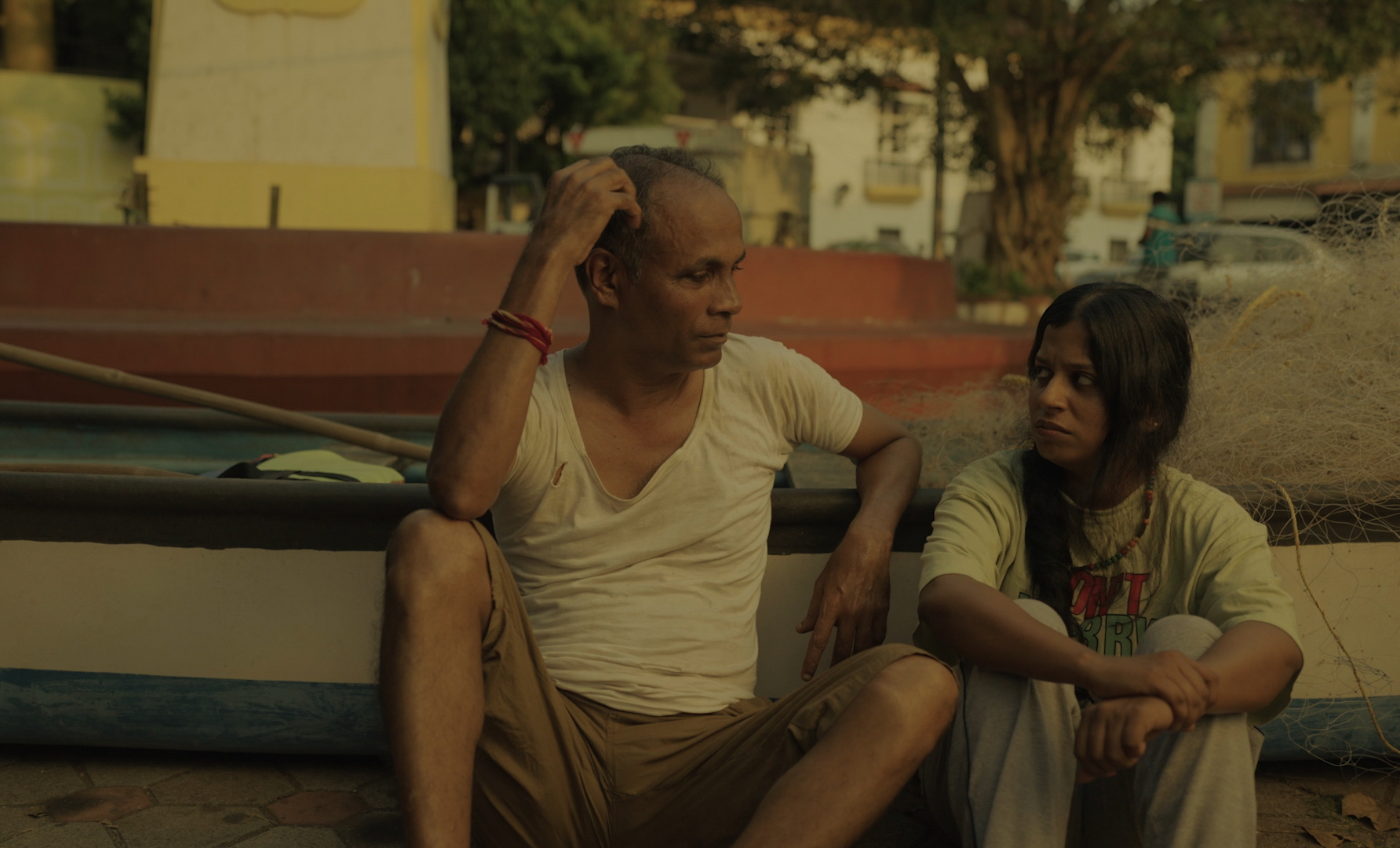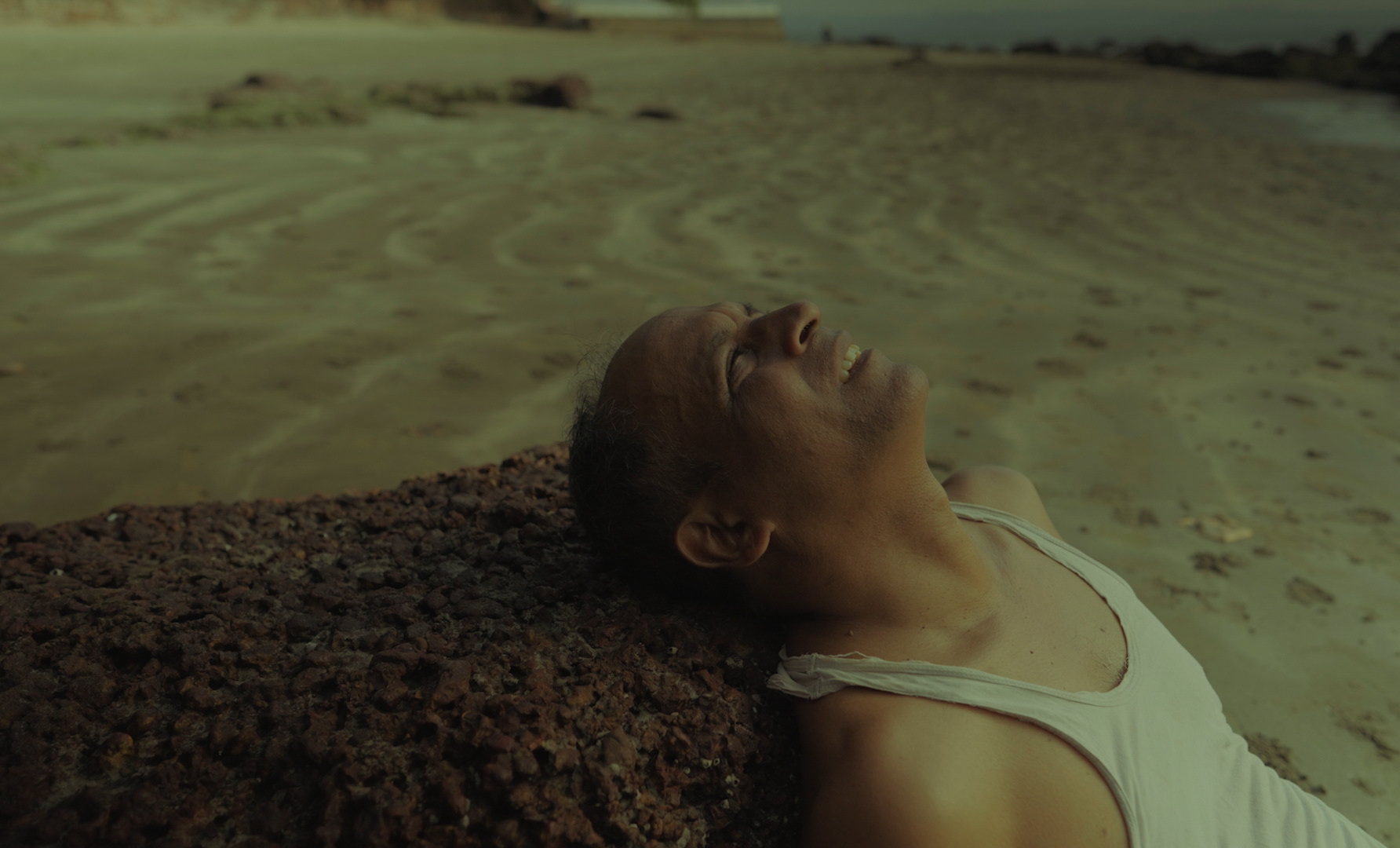Behind the Making of "ODH"
Stories conveying abundant emotions and reflecting societal reality captivate me. Preferring films that transcend individual narratives to speak for society, my medium of choice for expressing and connecting emotions with audiences is photography. There's a part of me that wants to tell stories that are more human and honest.
"A photographer can be a storyteller. Images of experience captured on film, when put together like words, can weave tales of feeling and emotion as bold as literature… [Photographers] bring together fact and fiction, experience, imagination, and feelings in a visual dialogue that has an enormous impact on how we observe and relate to the external world and our internal selves." —Philip Bookman


In the film, Marceline, the fisherman, sails his boat into the heart of the city, desperately seeking a place to park. He laments the disappearance of the beach, with no space left for docking. The film sheds light on the issue of Goa's receding beaches, caused by rising sea levels and extensive construction along the coast. Amit's script was beautifully written and brought to life by our director, Akhil.
A huge shoutout to the crew for making it happen, truly embodying the spirit of "ODH". Completing this project within 48 hours was an incredible experience. For many of the crew members, it was their first time on set, tasked with completing the production within such a tight timeframe. They did an amazing job, showcasing their passion for storytelling and pushing beyond the limits.The film is filled with silent emotions. Even though the characters don't talk, you can see the emotion in their eyes, and how you photograph it is really important.
A huge shoutout to the crew for making it happen, truly embodying the spirit of "ODH". Completing this project within 48 hours was an incredible experience. For many of the crew members, it was their first time on set, tasked with completing the production within such a tight timeframe. They did an amazing job, showcasing their passion for storytelling and pushing beyond the limits.The film is filled with silent emotions. Even though the characters don't talk, you can see the emotion in their eyes, and how you photograph it is really important.
The shots were designed to portray something missing, with no movement until the last shot of the film, where Marceline embarks on a journey with his boat to find some open land to park. I didn't use many wide shots; my approach was to focus on the portrait of Marceline and still show the environment he was in. I mainly emphasized using a wide lens, moving closer to the character, and some negative frames to highlight a sense of detachment.
My favorite photograph is a scene where a luxury ship has almost taken over the seascape, with the word "PARADISE" written on it. In the background, you can see brand advertising, almost suggesting that the sea has become a land of humans.
There are always going to be challenges in every production, and if you have challenges, that means you are actually creating something. These challenges were not in our control; the story is based outside, and when shooting outdoors, controlling the sun's path doesn’t come easily. We only had limited resources and not enough equipment to control the light. We crafted this project using just a DSLR camera, a small crew, one-point lighting, and manipulating natural sunlight. Also, I personally am not attached to making things complicated by doing too much. I like easy setups that give the cast enough space to move and the director to plan the shots. The film was shot on a Sony A7 S IV with mainly 24mm and 35mm G-master lenses, and the film received a lot of praise for the visual treatment.
"ODH" can now be streamed on Amazon Prime/Shorts TV. I'm grateful to IFFIGOA for the chance and the incredible support. The story means everything to us, despite the challenge of dealing with noise in low-light situations. I'll forever remain a budding filmmaker. A message to newcomers: Embrace limitations at times; often, you don't truly need everything.

